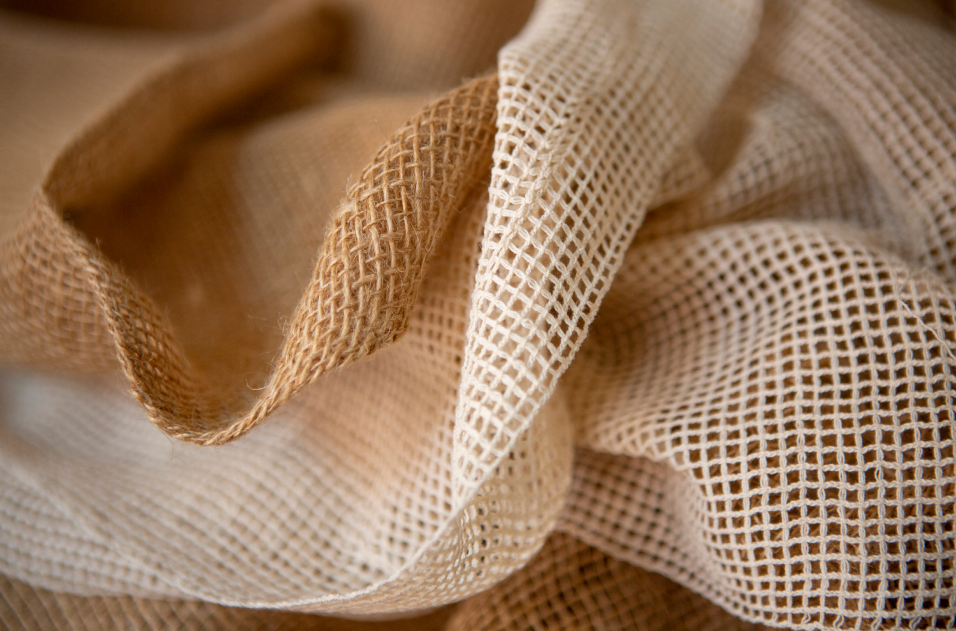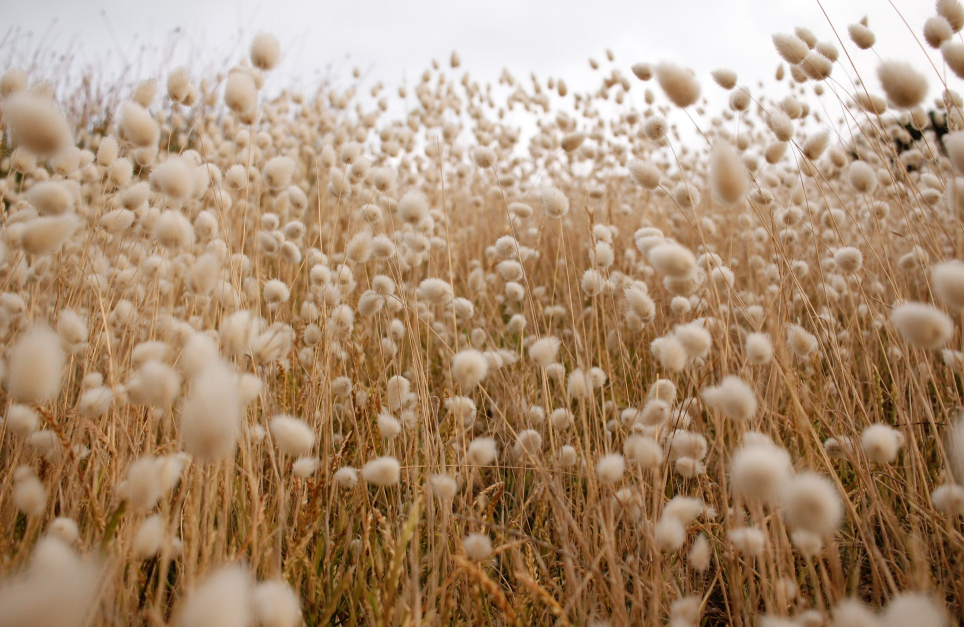
We carefully consider our materials and work towards reducing waste, chemicals, and plastics that endanger our planet’s people and ecosystems. Our products are designed to last—so making the right choice by the planet can be as simple as carrying our bag. Our constant striving for excellence in the field of sustainable development,
has helped us to identify key focus areas - responsible procurement, reduced resource dependency, reduction of environmental and social negative impacts, increased recycling and upcycling. Keeping a constant watch on these, we forge ahead towards a robust triple bottom line that takes into account people, profits & the planet.
We realized that the choices each one of us makes impacts the lives of all other living beings on our beloved planet and also impacts the lives of future generations.

We started with the amazing golden fibre, Jute, one of the strongest in the world :

Cotton , the much loved fiber was a natural second addition. Cotton is sustainable, renewable, and biodegradable, making it an excellent choice as an environmentally-friendly fiber.
We voluntarily applied for GOTS & GRS certifications so that we could offer to our customers organic and recycled cotton. Organic materials are kinder to the environment as they employ eco-friendly practices like no pesticides, natural fertilizers and low water consumption. Recycled cotton is another of our raw materials with a conscience. Recycled cotton prevents additional textile waste and requires fewer resources. It offers the green advantages of lower water & energy consumption, making it a great sustainable option.

.png)
.png)
.png)
.png)
What’s relevant in the world of sustainability. We bring you some valuable insights to live a more planet-positive life.


